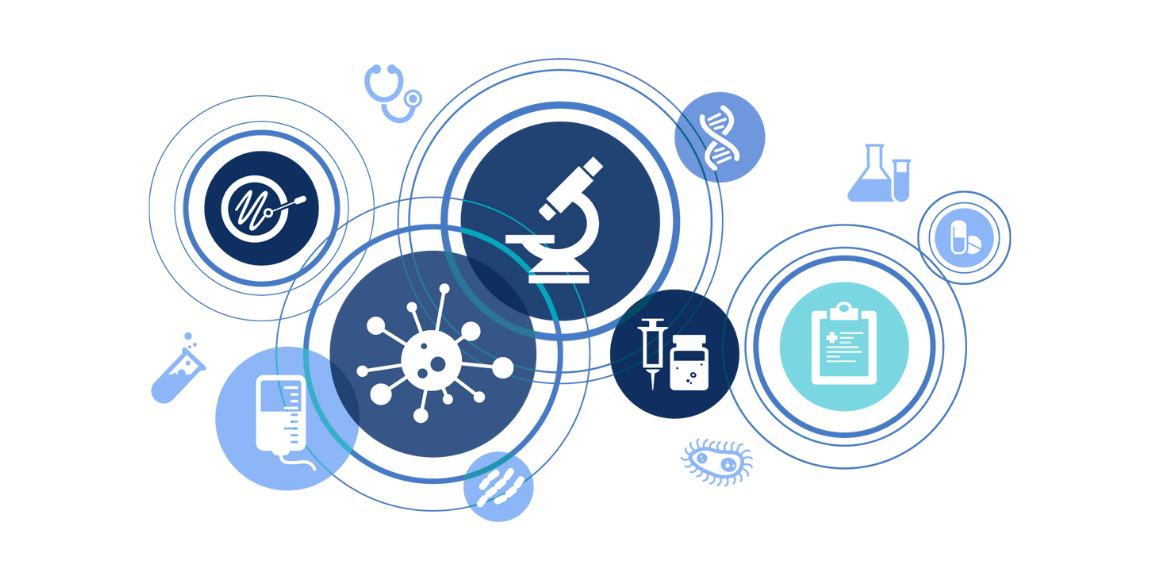At long last, the European Union (EU) Clinical Trials Information System (CTIS) is ready for action. That means that on January 31, 2022, EU Regulation 536 goes into effect. Although there is a one-year transition period for sponsors conducting new clinical trials, forward-thinking companies should seek to meet the new requirements sooner rather than later. At United Language Group, we’re here to help you navigate this complex regulatory environment and support you every step of the way towards compliance.
What is EU Regulation No 536? A Brief Summary
EU Regulation No 536 requires clinical trial sponsors and contract research organizations (CROs) to submit clinical trial information using a new centralized portal and database. This regulation was enacted in 2014 and originally set to roll out in 2015; however, delays in launching the portal mean that it’s now going into effect on January 31, 2022.
The Goal: A Centralized Review Process
Sometimes, change is good. For example, this regulation streamlines procedures, better leverages existing and “local” data, and is expected to make it easier to conduct clinical trials in the EU. Clinical trial applications, rules, and review times will be harmonized, ultimately making it easier for sponsors and CROs to manage the process and stay compliant.
However, some aspects of clinical trials will still be governed by national laws, depending on the countries involved. For example, each member state may have its own language requirements, as well as its own laws relating to fees, biological samples, GMOs, data protection, and radiological procedures.
Focus on Transparency and Public Accessibility
Transparency is another important aspect of the new regulation. Most of your clinical trial information and data will need to be publicly accessible to everyone in the EU via the database. Additionally, Plain Language Summaries (PLS) must be available within a year of the trial completion date in the official language of each country the study was conducted in. A PLS is a summary of the trial information that’s written and presented so that a layperson can easily understand it. Under EU Regulation 536, these are no longer simply “nice to have.” Now, they’re essential for compliance.
All of this may mean additional translation is required, above and beyond what you currently provide. ULG is here to help you navigate this.
Our Recommended Strategies to Successfully Implement EU Regulation 536
There is a one-year transition period, during which your organization can choose to use either the old procedures or the new procedures when launching clinical trials. Note, however, that if your trial is still ongoing after January 31, 2025, you will have to transition to the new system to continue it. As a result, we urge you to get compliant with the new standards as soon as possible.
Here are five strategies we recommend for a successful transition:
- Be ready to manage Clinical Trial Application processes using the CTIS portal.
- Double-check your standard operating procedures for compliance.
- Ensure that your clinical trial supplies comply with new Investigational Medicinal Product (IMP) labeling requirements.
- Be ready to comply with public disclosure guidelines and Requests for Information.
- Above all: Centralize, centralize, centralize! Take advantage of the new, streamlined processes to streamline your own workflows. And remember, the new regulation requires shorter timelines for validation, assessment and approval. Regulators have new deadlines to meet…but so do sponsors. And these are timelines with teeth. If you don’t meet the deadlines on your end, your application will be rejected and you’ll have to resubmit.
How ULG Can Help
In many respects, the new regulations are a welcome change. However, they will also require sponsors and CROs to adjust to a new way of doing things to remain competitive and compliant. At ULG, we’re here to help. Here’s how.
Centralized Language Services
We’re a one-stop shop, enabling centralization. Even if you’re working individually across various teams, divisions, products, and countries, ULG houses all activity and data enterprise-wide for optimal consistency and transparency.
Expertise
ULG has long been a leader in translation and localization in the Clinical space. We are proven experts in this field and can help you reach compliance.
Tools, Tech and Processes
Via our Octave™ technology suite, we centralize all translation assets and data to ensure maximum leverage and enhanced visibility.
Additionally, if you have questions about language requirements under the new EU regulation or need recommendations on optimizing your translation, don’t hesitate to contact us. Our expert team is here to help!

